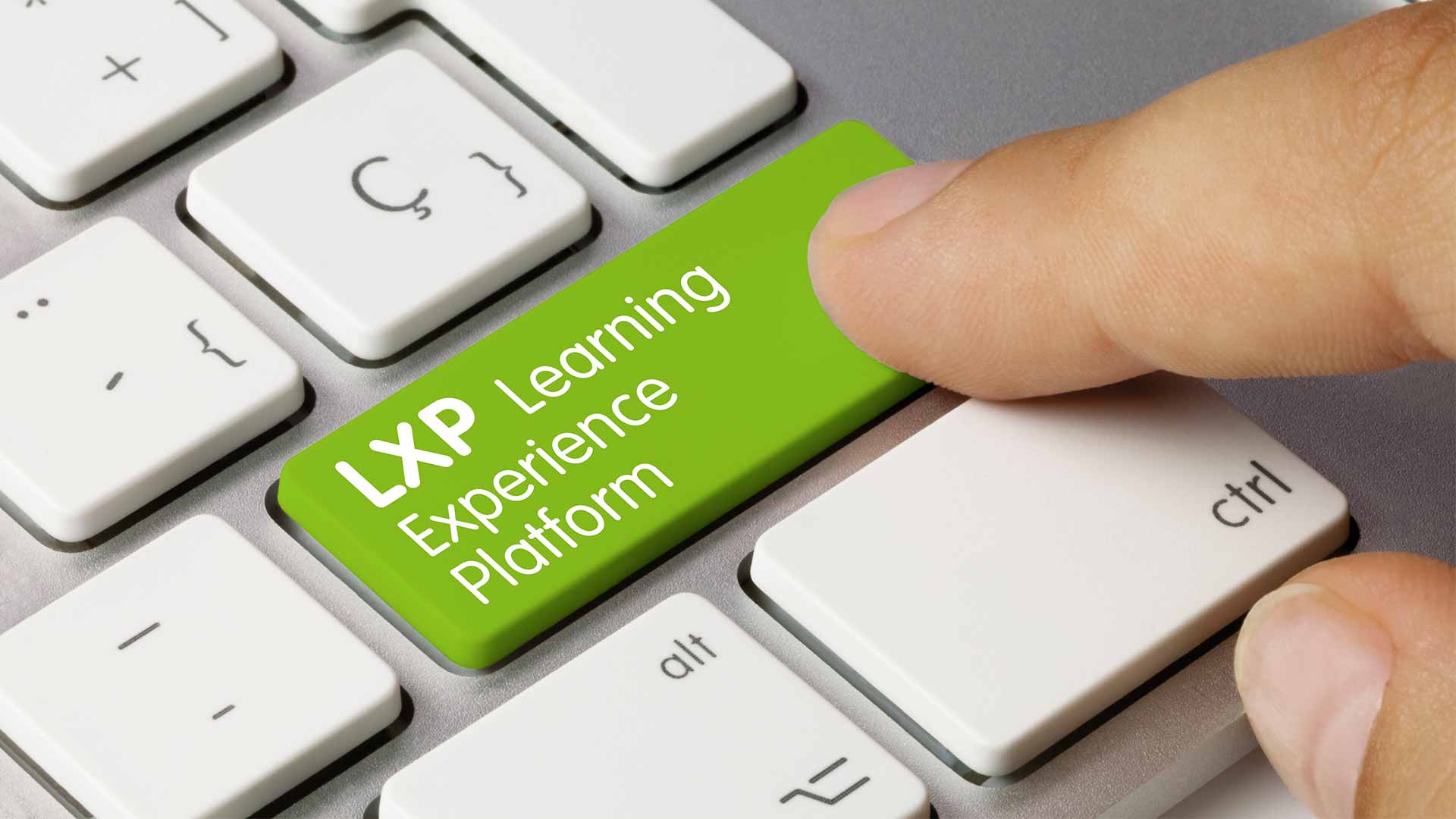Learning Everest regularly publishes articles on elearning which are information rich and provides the readers opportunity to ask questions. If you want us to assist your organization to create engaging and immersive elearning courses, please feel to schedule a meeting to discuss your learning requirements.
The Instructional Design Process: A Quick Guide
The instructional design process is the heart and soul of a learning intervention. Instructional design makes a learning experience cohesive and coherent by combining knowledge from multiple disciplines. Using multiple theories, frameworks, and resources, instructional designers create meaningful learning journeys for the effective transfer of knowledge and skills. While the instructional design process can vary significantly from project to project, this article will walk you through some of the core features of the process that remain more or less consistent throughout interventions.











